Apple Shuts Down Buy Now, Pay Later Service in the U.S.
Apple is ending its Apple Pay Later service but will still offer users access to installment loans. Here's what you need to know.

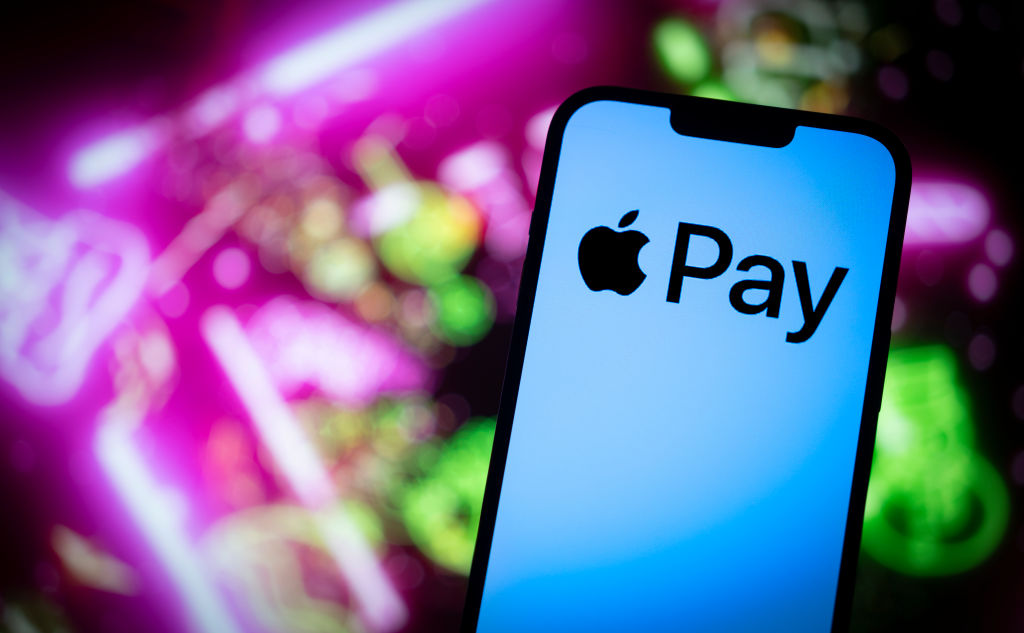
Apple (AAPL) is shutting down its Apple Pay Later service, effective immediately, and will instead provide users access to installment loans offered through credit and debit cards and third-party lenders, such as Affirm (AFRM).
The news was first reported late Monday by 9to5Mac. "Starting later this year, users across the globe will be able to access installment loans offered through credit and debit cards, as well as lenders, when checking out with Apple Pay," an Apple spokesperson told 9to5Mac. As a result, Apple said it will no longer offer its buy now, pay later (BNPL) service in the U.S.
"Our focus continues to be on providing our users with access to easy, secure and private payment options with Apple Pay, and this solution will enable us to bring flexible payments to more users, in more places across the globe, in collaboration with Apple Pay enabled banks and lenders," an Apple spokesperson added.
From just $107.88 $24.99 for Kiplinger Personal Finance
Become a smarter, better informed investor. Subscribe from just $107.88 $24.99, plus get up to 4 Special Issues

Sign up for Kiplinger’s Free Newsletters
Profit and prosper with the best of expert advice on investing, taxes, retirement, personal finance and more - straight to your e-mail.
Profit and prosper with the best of expert advice - straight to your e-mail.
If you currently have an active loan through Apple Pay Later, you will still be able to manage and pay your loan using the Apple Wallet App, an Apple spokesperson told 9to5Mac.
Apple Pay Later rolled out in October 2023 following a limited launch to randomly selected users in March 2023, allowing users to split eligible purchases of between $75 and $1,000 into four equal payments over six weeks – with no fees or interest.
Is Apple stock a buy, sell or hold?
Wall Street is bullish towards the blue chip stock. According to S&P Global Market Intelligence, the consensus recommendation among the 44 analysts following the stock that it tracks is a Buy.
However, analysts' price targets have struggled to keep up with AAPL's surging share price since its most recent earnings release and WWDC 2024 announcements, which gave investors insight into the company's artificial intelligence (AI) initiatives. Indeed, shares are up more than 23% since Apple's May 2 earnings release and more than 10% since WWDC kicked off on June 10. Currently, the average price target of $205.91 stands at a nearly 4% discount to current levels.
Wedbush is the most bullish on the Dow Jones stock with a Buy rating and a Street-high $275 price target.
"We believe Apple's AI strategy will leverage its golden installed base around personalization and large language models (LLMs) on the phone that should change the growth trajectory of Cupertino and spur an AI driven iPhone upgrade cycle starting with iPhone 16," Wedbush analyst Daniel Ives said in a note following the start of WWDC 2024.
He adds that "Apple is taking the right path to implement AI across its ecosystem," as well as laying the foundation for a "multi-year AI strategy across the strongest installed base of 2.2 billion iOS devices over the coming years with the Street giving no credit for AAPL's AI monetization."
Wedbush's $275 price target represents implied upside of nearly 30% to current levels.
Related Content
Profit and prosper with the best of Kiplinger's advice on investing, taxes, retirement, personal finance and much more. Delivered daily. Enter your email in the box and click Sign Me Up.

Joey Solitro is a freelance financial journalist at Kiplinger with more than a decade of experience. A longtime equity analyst, Joey has covered a range of industries for media outlets including The Motley Fool, Seeking Alpha, Market Realist, and TipRanks. Joey holds a bachelor's degree in business administration.
-
 Nasdaq Sinks 418 Points as Tech Chills: Stock Market Today
Nasdaq Sinks 418 Points as Tech Chills: Stock Market TodayInvestors, traders and speculators are growing cooler to the AI revolution as winter approaches.
-
 23 Last-Minute Gifts That Still Arrive Before Christmas
23 Last-Minute Gifts That Still Arrive Before ChristmasScrambling to cross those last few names off your list? Here are 23 last-minute gifts that you can still get in time for Christmas.
-
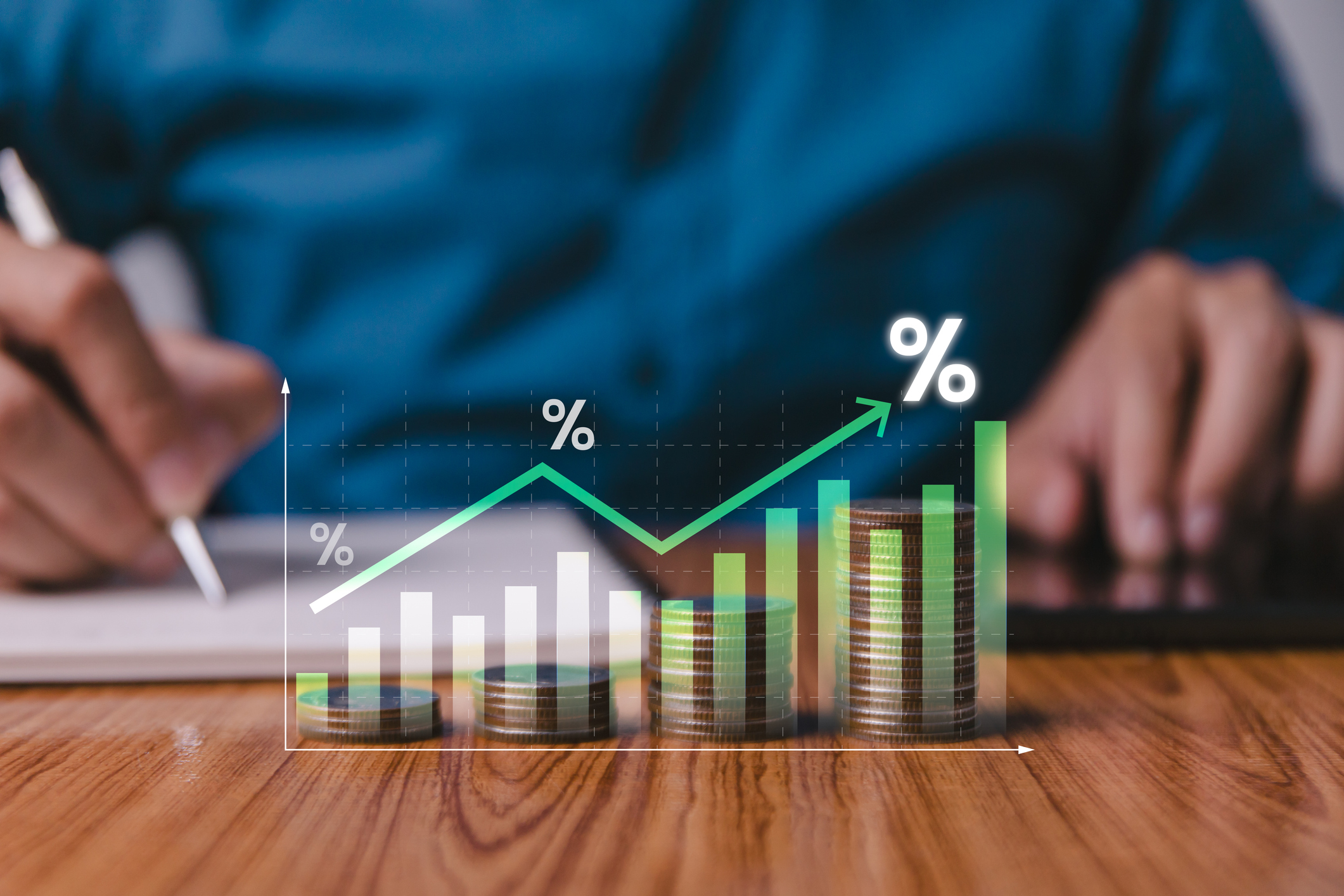 The Rule of Compounding: Why Time Is an Investor's Best Friend
The Rule of Compounding: Why Time Is an Investor's Best FriendDescribed as both a "miracle" and a "wonder," compound interest is simply a function of time.
-
 Nasdaq Sinks 418 Points as Tech Chills: Stock Market Today
Nasdaq Sinks 418 Points as Tech Chills: Stock Market TodayInvestors, traders and speculators are growing cooler to the AI revolution as winter approaches.
-
 The Rule of Compounding: Why Time Is an Investor's Best Friend
The Rule of Compounding: Why Time Is an Investor's Best FriendDescribed as both a "miracle" and a "wonder," compound interest is simply a function of time.
-
 If You're a U.S. Retiree Living in Portugal, Your Tax Plan Needs a Post-NHR Strategy ASAP
If You're a U.S. Retiree Living in Portugal, Your Tax Plan Needs a Post-NHR Strategy ASAPWhen your 10-year Non-Habitual Resident tax break ends, you could see your tax rate soar. Take steps to plan for this change well before the NHR window closes.
-
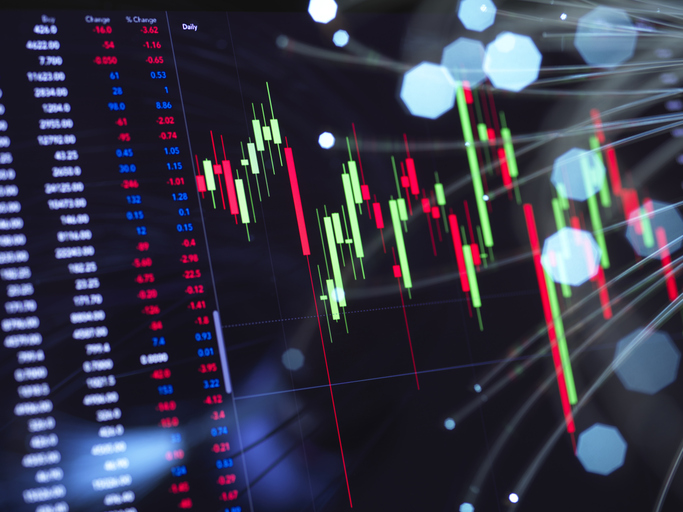 Stocks Chop as the Unemployment Rate Jumps: Stock Market Today
Stocks Chop as the Unemployment Rate Jumps: Stock Market TodayNovember job growth was stronger than expected, but sharp losses in October and a rising unemployment rate are worrying market participants.
-
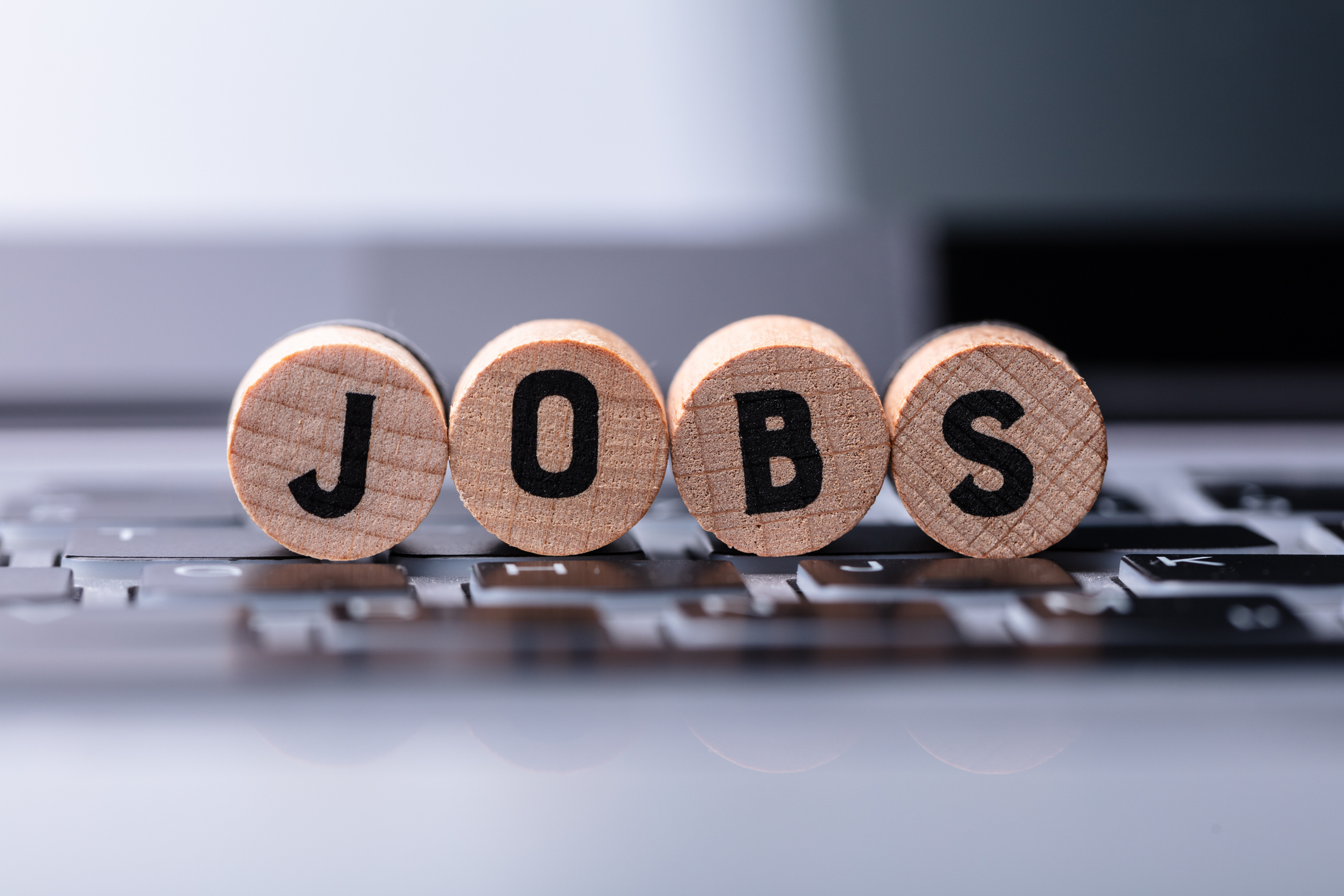 The Delayed November Jobs Report Is Out. Here's What It Means for the Fed and Rate Cuts
The Delayed November Jobs Report Is Out. Here's What It Means for the Fed and Rate CutsThe November jobs report came in higher than expected, although it still shows plenty of signs of weakness in the labor market.
-
 Your Year-End Tax and Estate Planning Review Just Got Urgent
Your Year-End Tax and Estate Planning Review Just Got UrgentChanging tax rules and falling interest rates mean financial planning is more important than ever as 2025 ends. There's still time to make these five key moves.
-
 What Makes This Business So Successful? We Find Out From the Founder's Kids
What Makes This Business So Successful? We Find Out From the Founder's KidsThe children of Morgan Clayton share how their father's wisdom, life experience and caring nature have turned their family business into a respected powerhouse.
-
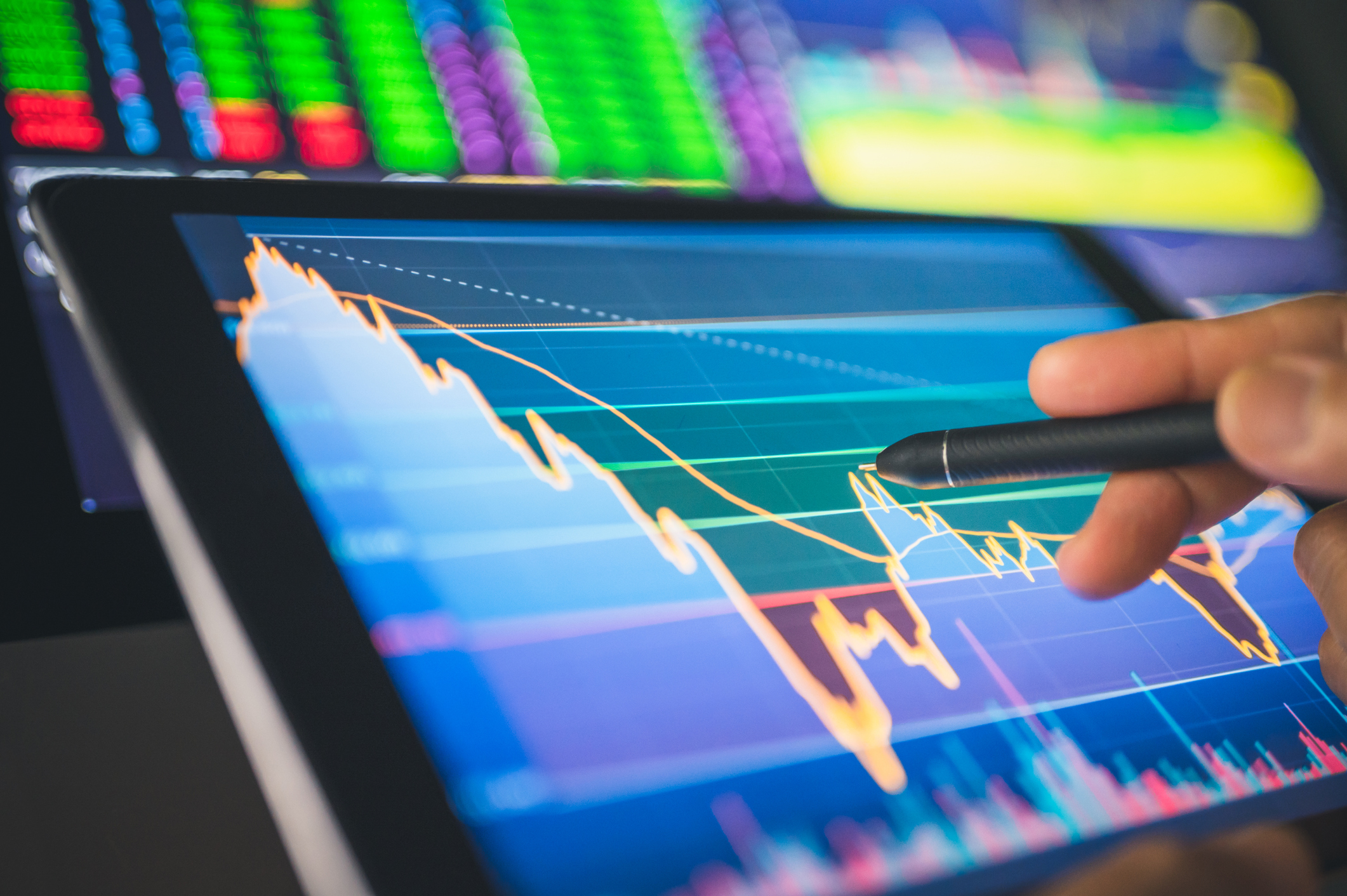 Stocks Struggle Ahead of November Jobs Report: Stock Market Today
Stocks Struggle Ahead of November Jobs Report: Stock Market TodayOracle and Broadcom continued to fall, while market participants looked ahead to Tuesday's jobs report.